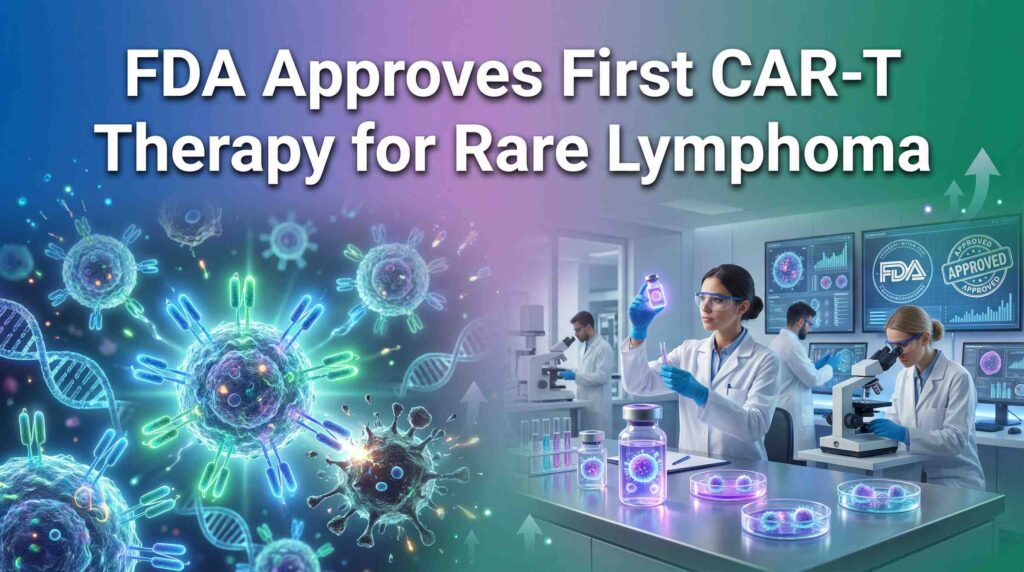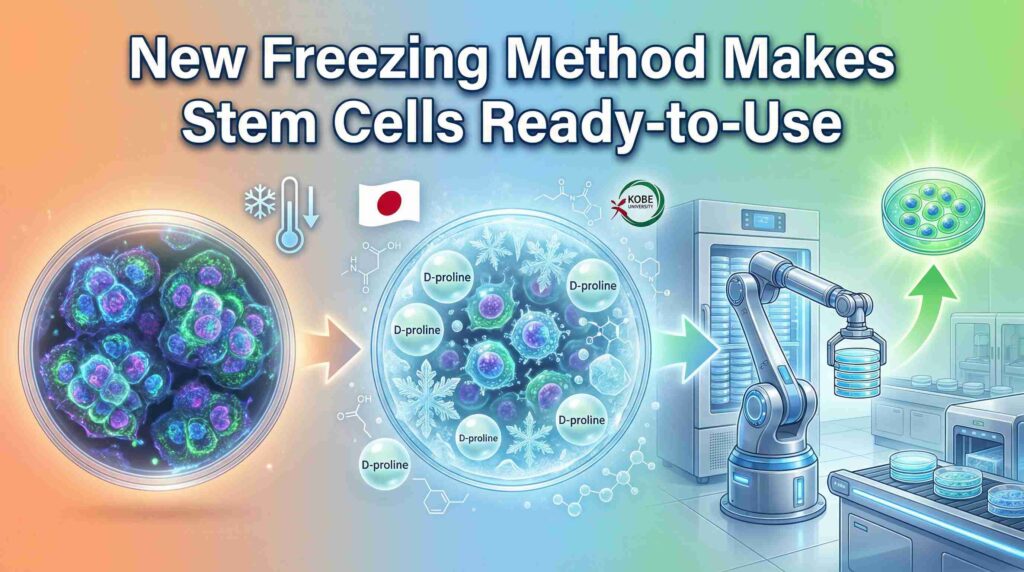Ever wonder if hyperbaric oxygen therapy (HBOT) is a secret weapon for tapping into your body’s natural healing powers?
Buckle up, because we’re about to dive into the fascinating connection between HBOT and stem cells—the unsung heroes of our body’s repair squad.
Stem cells are like the Swiss Army knives of biology. They’re versatile, capable of transforming into different types of cells, and essential for repair and growth.
But can hyperbaric oxygen therapy, known for its use in treating conditions like decompression sickness and diabetic wounds, actually stimulate these tiny powerhouses?
Spoiler alert: the answer might surprise you.
What is HBOT, and Why All the Fuss?
HBOT involves breathing pure oxygen in a hyperbaric chamber, where the air pressure is higher than normal.
This supercharged environment saturates your blood with oxygen, creating an ideal setting for healing. Think of it as a high-octane boost for your cells.
The effects of hyperbaric oxygen therapy go beyond just “extra oxygen.” The partial pressure of oxygen skyrockets, triggering a cascade of biological changes. One of these? Increased stem cell activity, which we’ll explore shortly.
What Are Stem Cells, Really?
Let’s pause for a second. Stem cells aren’t just for medical researchers in white lab coats. They’re in all of us, hanging out in places like our bone marrow, brain, and even intestines.
Whether it’s mesenchymal stem cells working to repair cartilage or intestinal stem cells replenishing the gut lining, these cells are constantly busy keeping us in shape.
But here’s the kicker: the number of stem cells declines as we age. And that’s where HBOT might lend a helping hand.
The Magic of HBOT and Stem Cells: What the Science Says
Can HBOT truly mobilize stem cells?
Research says yes. When you’re exposed to hyperbaric oxygen, the increased oxygen tension encourages stem cell mobilization.
Translation? Your stem cells get off the bench and into the game.
How Does HBOT Mobilize Stem Cells?
HBOT stimulates the release of growth factors like vascular endothelial growth factor (VEGF), which helps recruit and mobilize stem cells from their hiding spots, like bone marrow.
The ability of stem cells to move and get to where they’re needed is critical for healing and regeneration.
A systematic review of hyperbaric oxygen studies found that intermittent hyperbaric sessions can significantly enhance this process.
Whether it’s circulating stem cells or endothelial progenitor cells (a fancy term for cells that help repair blood vessels), HBOT increases their numbers.
Stem Cell Proliferation: What HBOT Brings to the Table
Here’s where things get even more interesting. Not only does HBOT mobilize stem cells, but it also helps them multiply.
This process, called cell proliferation, means you’ve got more stem cells in your arsenal. And who wouldn’t want that?
Imagine your body as a construction site. Stem cells are the workers, and HBOT provides the fuel and tools needed to boost their efficiency.
Studies have shown that exposure to hyperbaric oxygen improves stem cell activity and stem cell proliferation, paving the way for faster and more effective healing.
Real-World Impacts: What Can HBOT Do for You?
From athletes recovering from injuries to patients undergoing stem cell therapy, the effects of hyperbaric oxygen therapy are far-reaching. Here’s a glimpse into the practical benefits:
- Faster Recovery After Surgery or Injury
HBOT’s ability to increase stem cell mobilization and proliferation helps speed up tissue repair. Think of it as hitting the fast-forward button on your recovery. - Supporting Stem Cell Therapy
When combined with stem cell therapy, HBOT creates an ideal environment for transplanted cells to thrive. The increased oxygen levels boost cell growth and functionality, making this pairing a powerful one-two punch. - Managing Chronic Conditions
Hyperbaric oxygen therapy has been used for conditions like diabetic foot ulcers, where mobilizing stem cells and promoting epithelial cell growth are critical. This is why HBOT for diabetic wounds is gaining traction.
The Science of “Why”: Diving Deeper into HBOT’s Effects
HBOT works by delivering pure oxygen at pressures up to three times higher than normal atmospheric levels.
This boosts the oxygen concentration in the bloodstream, which has a ripple effect on various cell types, including stem and progenitor cells.
How Does Oxygen Impact Stem Cells?
Here’s the nuts and bolts of it: oxygen plays a crucial role in stem cell function.
Increased oxygen levels enhance the body’s natural repair processes by promoting cell proliferation and differentiation.
Essentially, it’s like giving stem cells a pep talk and a double espresso.
Fun Fact: Oxygen and Creativity in Nature
Want to know something cool? Even in nature, oxygen is a game-changer.
Take the example of human umbilical vein endothelial cells—they thrive under optimal oxygen conditions.
Similarly, the effects of hyperbaric oxygenation can influence everything from intestinal stem cell regeneration to neural stem cell activity.
HBOT’s unique ability to increase oxygen delivery to tissues makes it a game-changer in environments where the body struggles to get enough oxygen.
The Big Picture: Stem Cells and HBOT for a Healthier You
The role of stem cells in healing can’t be overstated. They’re the behind-the-scenes players orchestrating everything from cell growth to tissue repair.
Hyperbaric oxygen therapy creates the perfect hyperbaric environment for these cells to shine.
A Quick Look at Key Benefits
- Increases Stem Cell Numbers: HBOT increases stem cell populations, giving your body a larger repair crew.
- Promotes Cell Mobilization by Hyperbaric Oxygen: Mobilizing stem cells from bone marrow to areas in need is HBOT’s superpower.
- Stimulates Proliferation: Whether it’s hematopoietic stem cells or mesenchymal stem cells, HBOT boosts their numbers and activity.
- Supports Stem Cell Transplantation: In stem cell therapy, HBOT creates an environment for stem cells to differentiate and thrive.
Is HBOT for Everyone?
While hyperbaric oxygen therapy is generally safe, it’s not one-size-fits-all. Conditions like ear injuries, lung issues, or oxygen toxicity are rare but possible side effects.
Always consult a healthcare provider to see if HBOT is the right fit for you.
Bringing It Home: What’s Next for HBOT and Stem Cells?
The connection between hyperbaric oxygen therapy and stem cells is like a budding friendship—one that’s showing incredible promise.
From helping mobilize stem cells to stimulating their proliferation, the use of hyperbaric oxygen is carving a niche in regenerative medicine.
With more research, who knows? HBOT might just be the missing puzzle piece in unlocking your body’s full healing potential.
So, next time you hear someone ask, “Does HBOT stimulate stem cells?” you can confidently answer: not only does it stimulate them, but it also helps them thrive, multiply, and do their best work.
It’s like giving your body’s repair team the ultimate toolkit—and who doesn’t love an upgrade like that?


